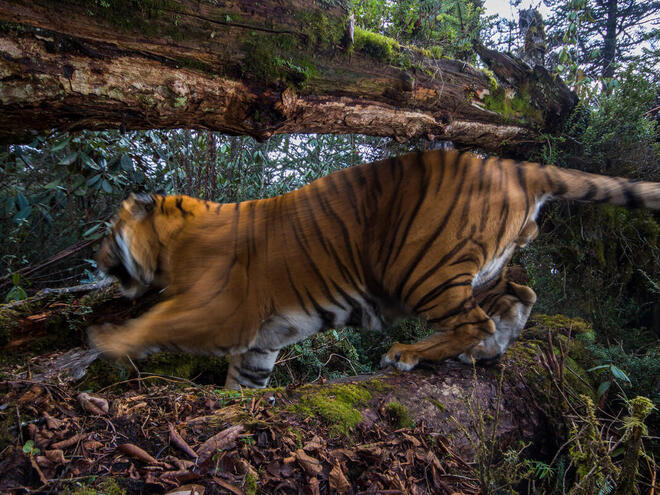Osiris, Volume 37: Highlights the importance of translation for the global exchange of medical theories, practices, and materials in the premodern period. This volume of Osiris turns the analytical lens of translation onto medical knowledge and practices across the premodern world. Understandings of the human body, and of diseases and their cures, were influenced by a range of religious, cultural, environmental, and intellectual factors. As a result, complex systems of translation emerged as people crossed linguistic and territorial boundaries to share not only theories and concepts, but also materials, such as drugs, amulets, and surgical tools. The studies here reveal how instances of translation helped to shape and, in some cases, reimagine these ideas and objects to fit within local frameworks of medical belief.Translating Medicine across Premodern Worlds features case studies located in geographically and temporally diverse contexts, including ninth-century Baghdad, sixteenth-century Seville, seventeenth-century Cartagena, and nineteenth-century Bengal. Throughout, the contributors explore common themes and divergent experiences associated with a variety of historical endeavors to “translate” knowledge about health and the body across languages, practices, and media. By deconstructing traditional narratives and de-emphasizing well-worn dichotomies, this volume ultimately offers a fresh and innovative approach to histories of knowledge.
 Snares, rudimentary traps that people have set by the millions on forest floors and snowy mountain pathways across Asia, are barely visible to the eye and a fatal danger to all wildlife.
Snares, rudimentary traps that people have set by the millions on forest floors and snowy mountain pathways across Asia, are barely visible to the eye and a fatal danger to all wildlife. A new program would transfer recycling responsibilities to the companies that use these materials for their products and packaging.
A new program would transfer recycling responsibilities to the companies that use these materials for their products and packaging. Water overuse, infrastructure, changes in the amount of rainfall, increased temperatures, and the climate crisis are decreasing the amount of water that has historically flowed in the Rio Grande.
Water overuse, infrastructure, changes in the amount of rainfall, increased temperatures, and the climate crisis are decreasing the amount of water that has historically flowed in the Rio Grande.
 Ambitions and promises need to translate into action, and at this COP, we will be looking for moments where we can set the stage to begin the real work and challenges around decarbonization.
Ambitions and promises need to translate into action, and at this COP, we will be looking for moments where we can set the stage to begin the real work and challenges around decarbonization. WWF works with large retailers, producers, and associations to secure commitments to support conversion-free farmed seafood.
WWF works with large retailers, producers, and associations to secure commitments to support conversion-free farmed seafood. Since 2016, a total of almost 10 million acres have been plowed across the region, which is an area nearly as large as New Jersey, Connecticut, and Rhode Island combined.
Since 2016, a total of almost 10 million acres have been plowed across the region, which is an area nearly as large as New Jersey, Connecticut, and Rhode Island combined. To protect our rapidly changing seas—and those who depend on them—we need to tackle challenges in a systematic way and focus on holistic improvements: place-based approaches.
To protect our rapidly changing seas—and those who depend on them—we need to tackle challenges in a systematic way and focus on holistic improvements: place-based approaches. Launched in northwest Zimbabwe in August, the survey is undertaken by the five KAZA partner countries—Angola, Botswana, Namibia, Zambia, and Zimbabwe—and with support from WWF and other partners.
Launched in northwest Zimbabwe in August, the survey is undertaken by the five KAZA partner countries—Angola, Botswana, Namibia, Zambia, and Zimbabwe—and with support from WWF and other partners. Background for the 2022 Fuller Symposium.
Background for the 2022 Fuller Symposium. This is the first time in over 25 years the Arctic fox has successfully bred in Finland. In recent years, more Arctic fox observations have been made at the feeding stations maintained.
This is the first time in over 25 years the Arctic fox has successfully bred in Finland. In recent years, more Arctic fox observations have been made at the feeding stations maintained. Seafood is one of the most frequently traded commodities on earth, so it’s essential that fishing is well-regulated around the world. But regulations must be complied with to be effective.
Seafood is one of the most frequently traded commodities on earth, so it’s essential that fishing is well-regulated around the world. But regulations must be complied with to be effective. Although mountain gorillas are still an endangered species, there are signs of hope for their recovery. And gorilla tourism also benefits local communities.
Although mountain gorillas are still an endangered species, there are signs of hope for their recovery. And gorilla tourism also benefits local communities. Climate Week is finally back at full force this year. Here's what I'm looking for during this moment when the bright lights of the big city of New York are trained squarely on the climate crisis.
Climate Week is finally back at full force this year. Here's what I'm looking for during this moment when the bright lights of the big city of New York are trained squarely on the climate crisis.